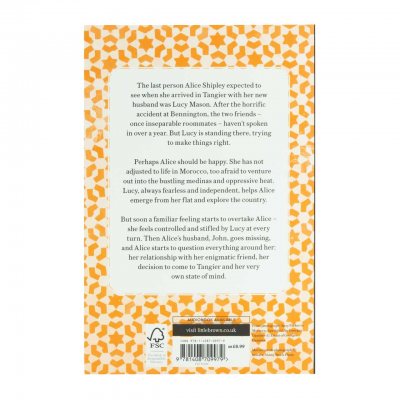


When Jane has doubts about her upcoming marriage to Rochester, it's Bertha who tears up the wedding veil. And I was always really fascinated with the relationship of Jane and Bertha Mason, who is the madwoman in the attic, and this idea that she is the unrepressed, unfiltered side. I had just finished working on my Ph.D., which focused on Gothic literature. MANGAN: One of the things that I considered when I was writing it was, essentially, Jane Eyre is what came up time and time again in my mind. Why did you want them both to drive the narrative? GARCIA-NAVARRO: Yeah, you've written this book sort of alternating between the two perspectives of the female characters. And all of that is kind of brought, too, to the center once again when they are reunited. MANGAN: Lucy is someone who Alice used to be quite close to, who she had a very strong and complicated relationship with. GARCIA-NAVARRO: And her old college roommate shows up, and her name is Lucy Mason. You either kind of love it or you react like Alice does, where she finds it essentially too overwhelming and too chaotic and tries to kind of close the door between herself and the city. It's one of the things that I find most interesting about Tangier - is that it does seem to kind of inspire these very strong reactions from people. MANGAN: No, she finds herself quite at odds with the city. She rashly married him, but she doesn't like it there. The main character is Alice Shipley, and she's moved to Morocco with her husband. GARCIA-NAVARRO: So take us to Tangier in 1956. Welcome to the program.ĬHRISTINE MANGAN: Thank you so much for having me. Joining us now to talk about it is the author, Christine Mangan. Ripley." Set in the 1950s during the waning days of French rule in Morocco, the plot centers around a vulnerable heiress, her ne'er-do-well husband and an old college friend with many secrets. The book "Tangerine" recalls films by Hitchcock and stories like "The Talented Mr. A dark tale of twisted love in a foreign land.


 0 kommentar(er)
0 kommentar(er)
